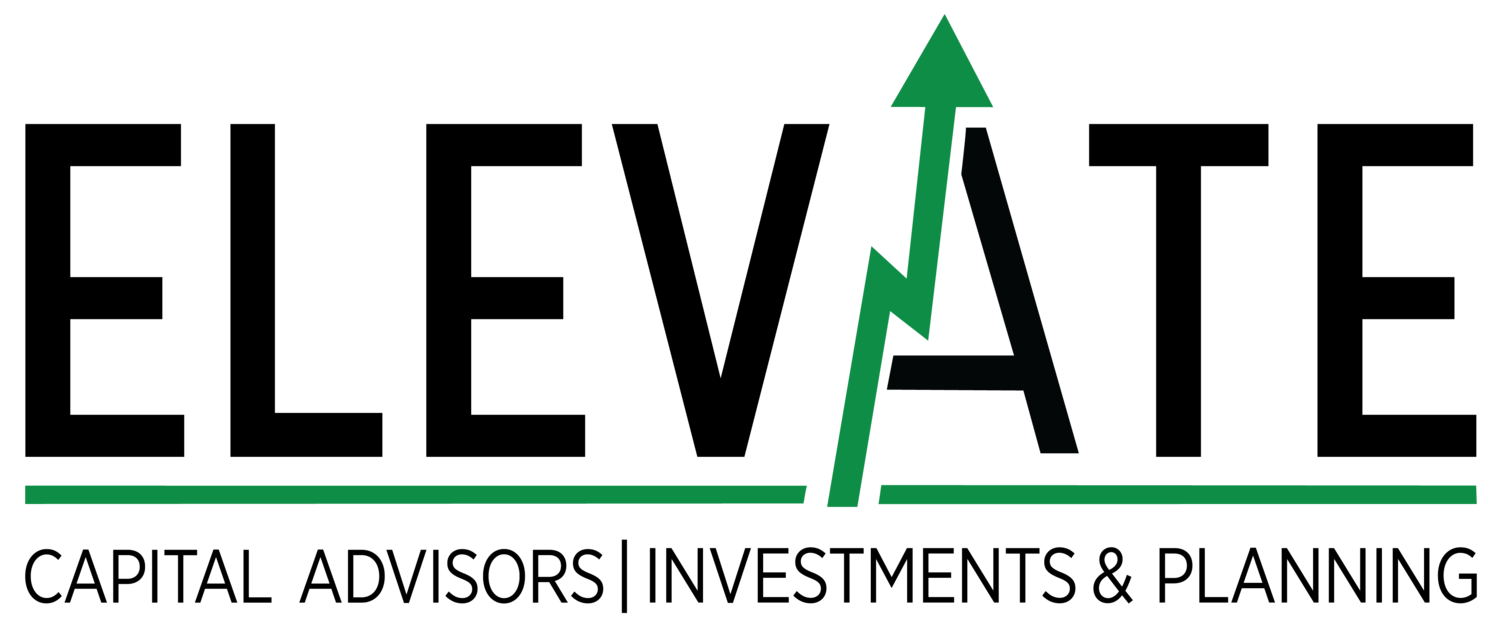Eagle, Colorado
August was the second losing month of 2019 for the S&P 500 (SPX) and other major stock indexes. Bonds were the place to be last month. Our portfolios weathered the storm well losing less than 1% on average. Some portfolios with heavy exposure to municipal bonds even pulled off a gain for the month.
Here is a look at major indexes:
With the Federal Reserve set to meet again on September 17-18, markets are expecting another cut in short-term interest rates. St. Louis Federal Reserve President James Bullard has been vocal about the need for a cut of as much as 0.50% in an effort to stoke inflation. He essentially said the market needs a “surprise”. It sounds to me like he is applying for the next job as Chairman of the Federal Reserve bank.
This morning news was out that the USA and China had a phone call and decided on face-to-face meetings in October. Markets rallied even though this was essentially an admission that there would not be face-to-face talks in September, as had been widely discussed before and endorsed by President Trump. I do not expect much from the next round of meetings. Even if the teams work diligently between now and then to lay a strong foundation for talks, it seems the sides are very far apart on several key issues. Further, while the outcome of today’s call was an agreement between the sides to “create a positive environment for furthering talks”, the tariff pain continues to ratchet higher on both sides, along with the rhetoric. Just the other day, Xi said, “the struggles we face will not be short term, but long term” and new tariffs started to be collected on both sides. One important point to me is that Xi has no term limit to force his hand, nor election to shift his focus.
The developments with the trade war between the USA and China are making the Fed’s job all the more challenging. Each time there is a positive development with the trade war, the market seems to dial back its expectations for accommodative actions by the Fed, and each time there is a negative development the market expects the Fed to come to the rescue with lower rates and more asset purchases. The old “good news is bad news” and vice versa seems destined to return. And this is a dangerous place to be. I don’t know when the Fed developed its third mandate of “sustaining the expansion” but they definitely seem to have adopted it so the market seems warranted in its expectations for accommodations if things get uglier.
Regarding the known Fed mandate of sustaining inflation at 2% (which they have never been able to achieve since they started trying in 2012) lowering short term interest rates does not seem to be having the impact it once had. If the Fed has any chance of “surprising the markets” as James Bullard suggests is required, he may need to stop telling us all what he is thinking… Or perhaps we should start to expect something even bigger than what he is preparing us for with his comments, when it does come to pass?
The point I am building up to is: get ready for negative interest rates in the USA.
One day, I believe we will wake up and we will be paying the bank to hold our cash. The banks will be paying us to live in our homes. Those who bought bonds yielding 1% or 2% will look brilliant. It will be an amazing time.
Of course, if it comes to pass it won’t last forever, and it won’t end well. But you will clearly be incentivized to take your cash out of your bank account and put it into things like real estate given the scenario. And that is why the fed lowers interest rates in the first place – it’s just all-the-more obvious when negative rates come into play. Irrationality in markets can last for a lot longer than anyone thinks possible. Remember it was more than 3 years from when Mr. Greenspan first mentioned “irrational exuberance” until the ultimate pop of the dot-com bubble. Speaking of Mr. Greenspan – he evidently shares my opinion on negative rates in the USA, as was in the news just yesterday.
I will leave you with another noteworthy news item. Dr Michael Burry of “The Big Short” fame, named index funds and passive investments as the likely leading cause of the next major crisis. He is no fan of central bank manipulation either. The article is a great read but here is the big takeaway and quote:
“This is very much like the bubble in synthetic asset-backed CDOs before the Great Financial Crisis in that price-setting in that market was not done by fundamental security-level analysis, but by massive capital flows based on Nobel-approved models of risk that proved to be untrue.”
Shane Fleury, CFA
Chief Investment Officer
Elevate Capital & Elevate Ventures
Legal Information and Disclosures
This commentary expresses the views of the author as of the date indicated and such views are subject to change without notice. Elevate Capital Advisors, LLC (“Elevate”) has no duty or obligation to update the information contained herein. This information is being made available for educational purposes only. Certain information contained herein concerning economic trends and performance is based on or derived from information provided by independent third-party sources. Elevate believes that the sources from which such information has been obtained are reliable; however, it cannot guarantee the accuracy of such information and has not independently verified the accuracy or completeness of such information or the assumptions on which such information is based. This memorandum, including the information contained herein, may not be copied, reproduced, republished, or posted in whole or in part, in any form without the prior written consent of Elevate. Further, wherever there exists the potential for profit there is also the risk of loss.
